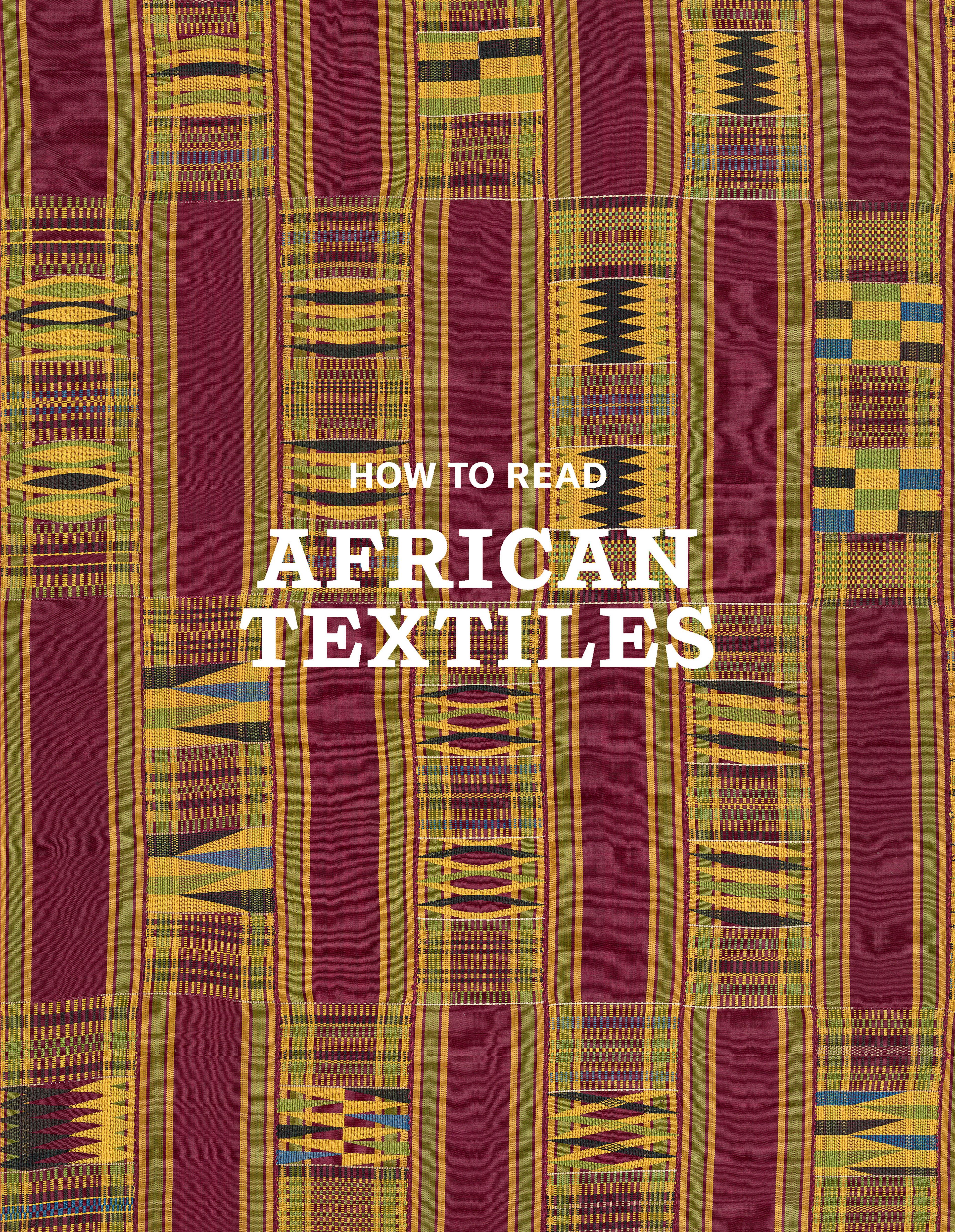Stitch-resist indigo shawl or wrapper
This is an example of the chic garments popular with elite women in French West Africa’s historical capital, Saint-Louis, in the early twentieth century. The composition involves sixteen parallel units bracketed between broad border bands modeled on the aesthetics of strip weaving, but the wrapper is in fact assembled from two similarly sized panels of imported cotton fabric stitched together. The illusion of parallel bands was created through a labor-intensive patterning process known as “stitch-resist.” Handcrafted stitches are used to form intricate patterns (here derived from Hispano-Moresque culture). The embroidered cloth is immersed several times in an indigo bath until the desired color intensity is achieved, and then the stitches are unpicked, revealing white areas underneath. Finally, the garment is washed and pressed to produce a crisp, shiny surface that emphasizes the cloth’s preciousness and the elegance of the wearer.
Artwork Details
- Title: Stitch-resist indigo shawl or wrapper
- Artist: Wolof artist
- Date: Early–mid-20th century
- Geography: Senegal, Cape Verde
- Culture: Wolof peoples
- Medium: Cotton, dye
- Dimensions: H. 98 (without fringe) × W. 55 in. (248.9 × 139.7 cm)
- Classification: Textiles-Dyed
- Credit Line: Purchase, William B. Goldstein Gift, 2016
- Object Number: 2016.723
- Curatorial Department: The Michael C. Rockefeller Wing
More Artwork
Research Resources
The Met provides unparalleled resources for research and welcomes an international community of students and scholars. The Met's Open Access API is where creators and researchers can connect to the The Met collection. Open Access data and public domain images are available for unrestricted commercial and noncommercial use without permission or fee.
To request images under copyright and other restrictions, please use this Image Request form.
Feedback
We continue to research and examine historical and cultural context for objects in The Met collection. If you have comments or questions about this object record, please complete and submit this form. The Museum looks forward to receiving your comments.
